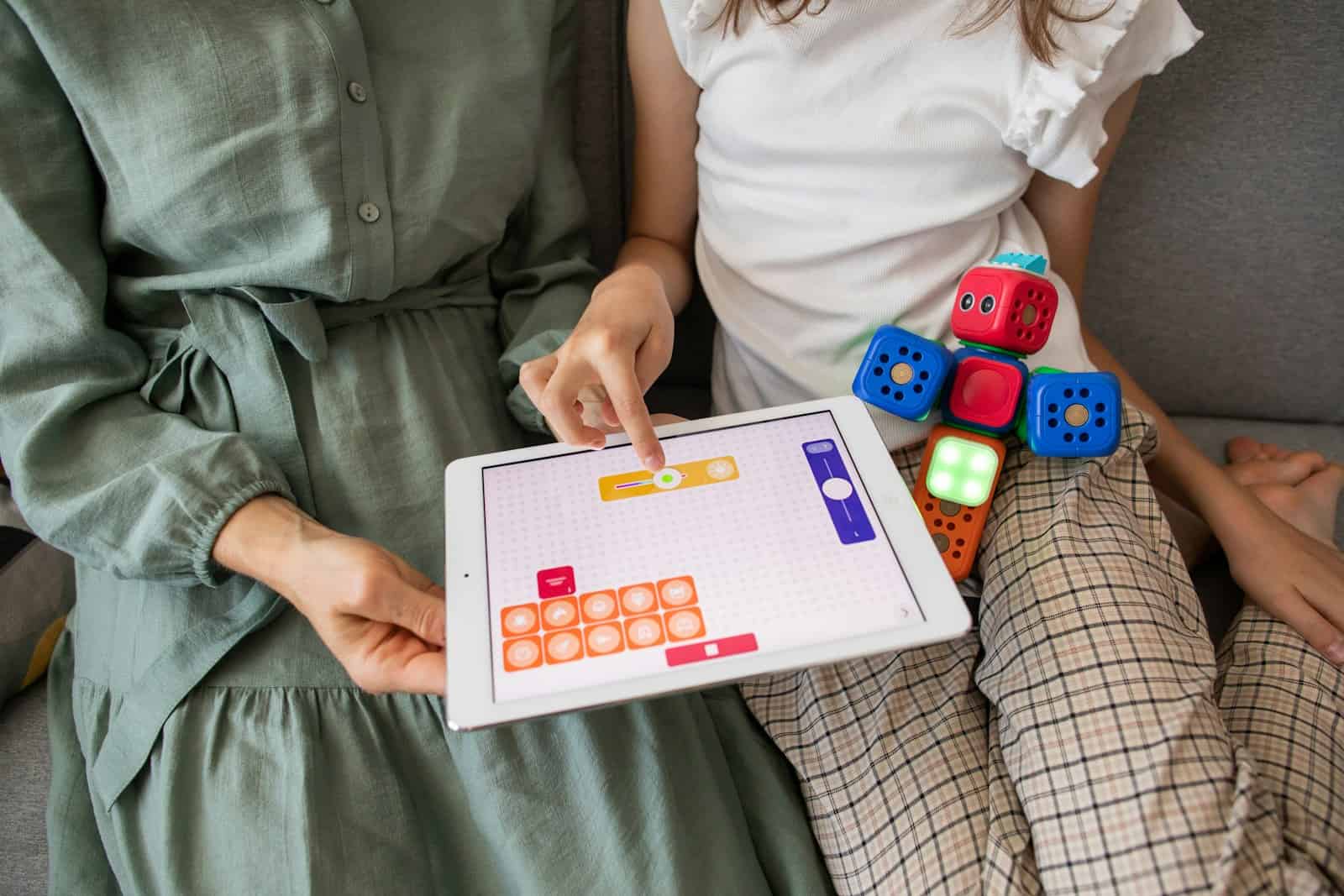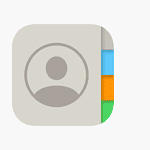Educational PC apps have become essential tools in modern classrooms and home study environments. They’re not just add-ons to traditional learning—they’re transforming how students absorb information, collaborate, and develop skills. From interactive games that teach math and science to sophisticated platforms for coding and design, these apps make learning engaging, accessible, and personalized.
Whether you’re a student trying to ace your next exam, a parent seeking interactive tools for your child, or an educator looking for resources to enhance your curriculum, the right app can make all the difference. Here’s a deep dive into some of the top educational PC apps that cater to all ages and subjects.
📚 General Learning Platforms for Every Subject
These platforms offer a vast range of subjects, catering to students of all ages.
- Khan Academy (Free) – A non-profit platform offering lessons on math, science, history, economics, and more. Its adaptive learning paths help students master subjects at their own pace.
- Coursera – Access university-level courses from institutions like Stanford and Yale, with topics ranging from AI to creative writing. Many courses offer certificates for a fee.
- edX – Founded by Harvard and MIT, edX provides professional certifications and even degree programs in fields like data science and business management.
- Udemy – One of the largest online learning marketplaces, with courses on everything from graphic design to public speaking.
- Duolingo (Free with premium options) – With its gamified approach, Duolingo makes language learning fun and addictive. It covers over 40 languages and is perfect for both beginners and advanced learners.
💻 STEM & Coding Apps
As STEM education becomes increasingly important, these apps help students dive deep into science, technology, engineering, and math.
- Scratch (Free) – Developed by MIT, Scratch introduces kids to coding through block-based programming, allowing them to create interactive stories, games, and animations.
- Code::Blocks (Free) – A lightweight, open-source IDE perfect for students learning C, C++, and Fortran.
- Tynker – Aimed at kids and teens, Tynker offers engaging coding lessons, from block coding for beginners to Python and JavaScript for more advanced users.
- GeoGebra (Free) – Ideal for students studying algebra, geometry, and calculus. Its interactive graphing tools make complex math problems easier to visualize.
- Wolfram Mathematica – Known as one of the most powerful tools for complex mathematical computations, it’s widely used in engineering and scientific research.
🌍 Language & Communication
Learning a new language or improving writing skills is easier than ever with these apps.
- Rosetta Stone – Immersive language learning with a focus on pronunciation and real-world conversations.
- Babbel – Tailored lessons for conversational fluency, complete with grammar tips and cultural notes.
- Memrise – Uses real-world videos and spaced repetition to teach vocabulary and phrases in a natural context.
- Anki (Free) – A customizable flashcard app that leverages spaced repetition for effective memorization—perfect for language learning or studying for exams.
- HelloTalk (Web Version) – Practice speaking languages with native speakers around the world. Its text, voice, and video features make it easy to build fluency.
🧠 Creativity & Critical Thinking
Develop problem-solving skills, creativity, and digital literacy with these hands-on apps.
- Blender (Free) – A professional-grade 3D modeling, animation, and rendering tool. It’s a staple in the fields of game development, film, and architecture.
- Tinkercad (Free) – A beginner-friendly 3D design tool that’s great for introducing kids to engineering and design principles.
- Minecraft: Education Edition – More than just a game, this version of Minecraft promotes teamwork, coding, and problem-solving in subjects like math, history, and chemistry.
- Adobe Creative Cloud – Industry-standard tools like Photoshop, Illustrator, and Premiere Pro help students explore graphic design, video editing, and digital art.
- Miro (Free version available) – A collaborative whiteboard platform that encourages brainstorming, project planning, and critical thinking.
📊 Productivity & Study Tools
These apps help students stay organized, focused, and efficient.
- Notion (Free for students) – Combines note-taking, project management, and task tracking into a single platform. Its customizable templates make it a favorite for students managing multiple classes.
- Evernote – Organize notes, create to-do lists, and save important research all in one place.
- Microsoft OneNote (Free) – Ideal for students and teachers, it offers robust note-taking features, including handwritten notes and multimedia integration.
- Quizlet (Free with premium options) – Create flashcards and study guides or use pre-made decks for nearly every subject imaginable.
- Grammarly (Free with premium options) – Goes beyond spellcheck by analyzing tone, clarity, and grammar, helping students improve their writing skills.
👩🏫 For Kids & Elementary Learners
These kid-friendly apps make foundational learning exciting and interactive.
- ABCmouse (Subscription-based) – Covers subjects like reading, math, science, and art for children aged 2–8 with games, songs, and puzzles.
- Osmo (Web Companion) – Combines hands-on play with digital interactions, promoting creativity and problem-solving in younger kids.
- PBS Kids Games (Free) – Educational games featuring beloved PBS characters, focusing on literacy, science, and math.
- TypingClub (Free) – Teaches touch typing through fun exercises and interactive lessons.
- Reading Eggs (Subscription-based) – A phonics-based reading program that helps kids develop strong reading skills early on.
🌟 Why Educational PC Apps Matter
1. Personalized Learning:
Many of these apps use AI-driven algorithms to adapt to each student’s learning pace and style, making lessons more effective and engaging.
2. Accessibility Across Devices:
Most educational PC apps are cloud-based, meaning students can seamlessly switch between school computers, home PCs, and even tablets without losing progress.
3. Support for Educators:
Teachers benefit from tools that allow them to assign tasks, track student progress, and personalize learning plans. Apps like Khan Academy and Microsoft OneNote come with built-in features tailored for classroom use.
4. Affordability:
Many top educational apps are free or offer affordable subscriptions. Platforms like Khan Academy and Scratch remain entirely free, while others offer generous discounts for students and educators.
💡 Final Thoughts
Educational PC apps have evolved far beyond simple learning games. They now offer deep, curriculum-aligned resources that empower students to explore, create, and think critically. Whether it’s learning a new language on Duolingo, mastering algebra with GeoGebra, or designing a 3D world in Blender, these apps make education dynamic and engaging.
By integrating these tools into daily learning routines, students gain more than just knowledge—they develop skills that prepare them for a fast-evolving, tech-driven world.
Key Takeaways
- Educational PC apps make learning more engaging and effective for students
- Popular apps include tools for note-taking, file storage, and language learning
- These apps benefit both students and teachers by improving study and teaching methods
Educational Software for Diverse Learning Needs
Educational apps cater to different learning styles and needs. They help students grow skills in language, math, science, and art. These tools make learning fun and interactive for all kinds of learners.
Language and Literacy Development
Language apps boost reading and writing skills. Duolingo teaches new languages through games and quizzes. It tracks progress and adapts to each student’s pace. Grammarly checks spelling and grammar in real-time. It helps students write better essays and reports.
E-books are great for reading practice. Many have audio features to help with pronunciation. Some apps let teachers create custom word lists for vocabulary building. These tools work well for English learners and native speakers alike.
Writing apps like Evernote and OneNote help with note-taking. Students can organize ideas, save web clips, and share notes with classmates. This makes group projects easier.
STEM Subjects Enhancement
Math and science apps make tough topics easier to grasp. Khan Academy offers free video lessons on many subjects. It covers math from basic counting to calculus. The site also has quizzes to test understanding.
Geogebra is a powerful tool for geometry and algebra. Students can draw shapes and graphs to solve math problems. It helps them see how formulas work in real life.
Coding apps teach computer skills. Some use block-based coding for beginners. Others offer text-based languages for more advanced students. These apps often include fun projects to keep kids engaged.
Creativity and Interactive Learning
Creative apps spark imagination and problem-solving skills. Adobe Express lets students design posters, videos, and web pages. They can use it for school projects or just for fun.
Music apps teach notes, rhythm, and composition. Some let kids create their own songs using virtual instruments. This helps them learn music theory in a hands-on way.
Game-based learning apps make study time more fun. They turn lessons into challenges and quests. Students earn points or badges as they learn. This keeps them motivated to keep practicing.
Productivity and Organizational Tools for Education
Students and teachers can boost their efficiency with digital tools. These apps help manage tasks, organize files, and work together online.
Task and Time Management
Many apps can help students stay on top of schoolwork. Todoist is great for making to-do lists. It lets users add due dates and set reminders. This keeps tasks from slipping through the cracks.
Calendar apps are key for tracking classes and tests. Google Calendar is free and works well with other Google tools. It syncs across devices so schedules are always up to date.
TickTick is another good choice for task management. It has features like list-making and a built-in timer. This can help with time blocking for study sessions.
Document and Resource Management
Keeping class notes and files in order is vital. Google Drive offers free cloud storage. Students can save docs, sheets, and slides there. They can access files from any device with internet.
Microsoft OneNote is a digital notebook. It lets users type notes, draw diagrams, and add images. Notes sync across devices for easy studying on the go.
Zotero helps manage research. It saves PDFs and web pages. It also makes citations for papers. This saves time when writing essays or reports.
Collaborative Environments and Platforms
Group projects are easier with online tools. Google Docs lets multiple people edit the same file at once. Users can see changes in real-time and leave comments.
Microsoft Office has online versions of Word, Excel, and PowerPoint. These work well for team projects. Students can share files and work together from different places.
Edmodo is a platform made for schools. It has features like a content library and assignment tools. Teachers can post work and students can turn it in online. This makes sharing resources and grading simpler.







